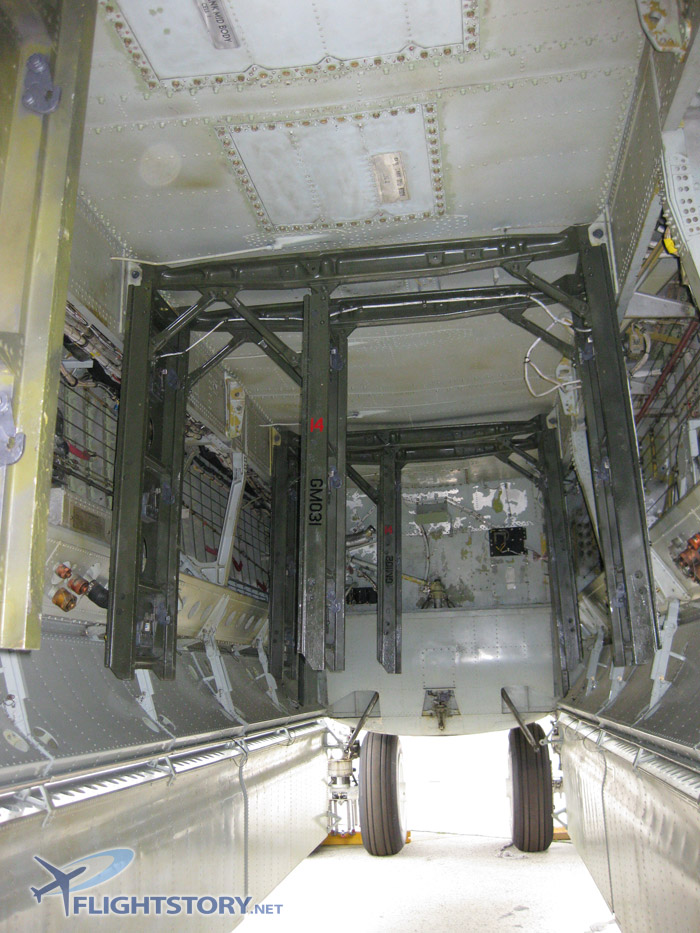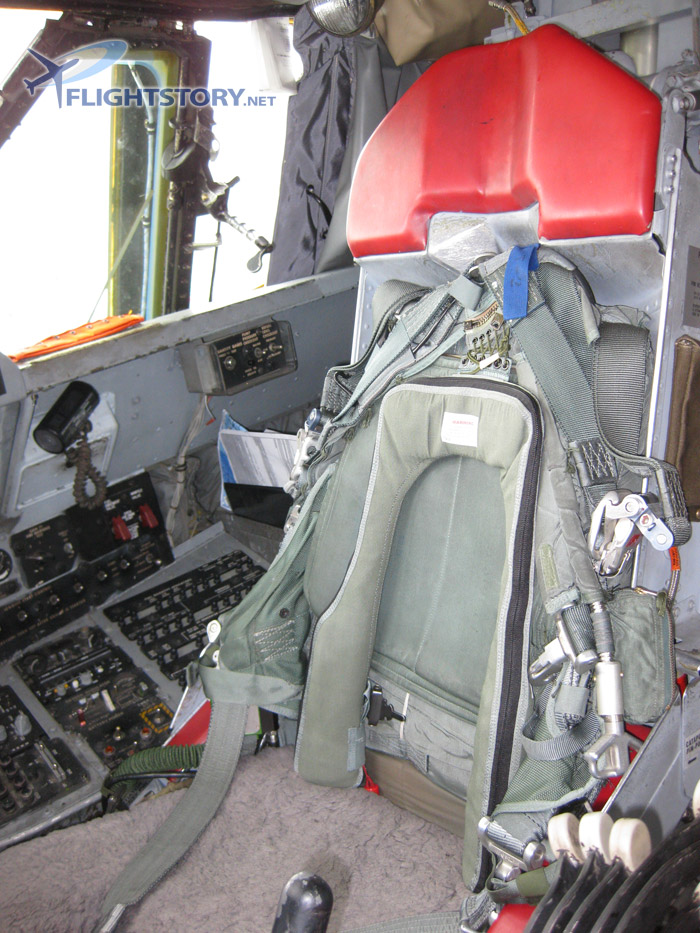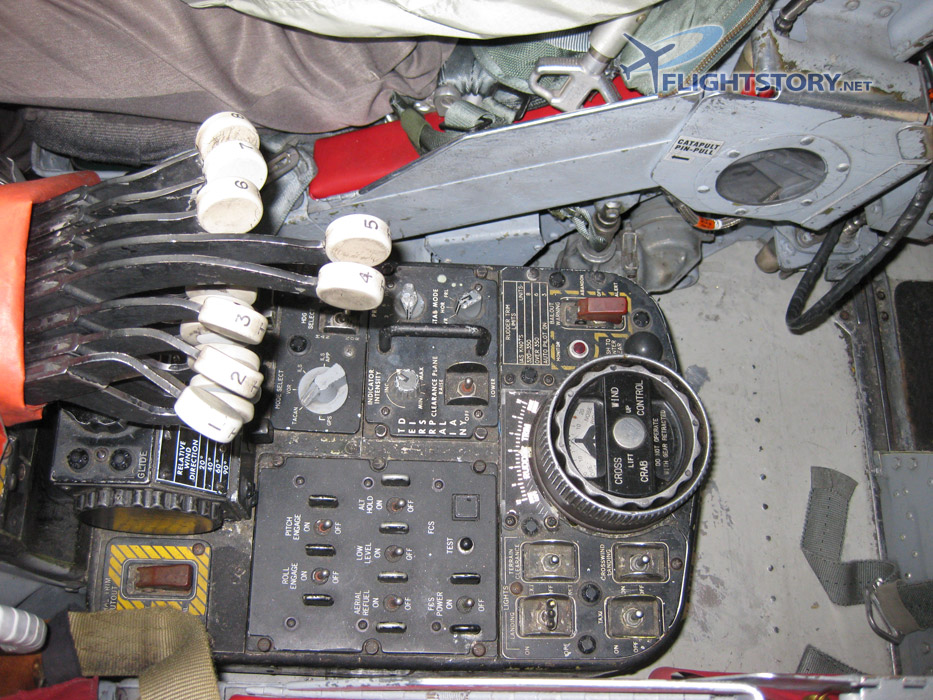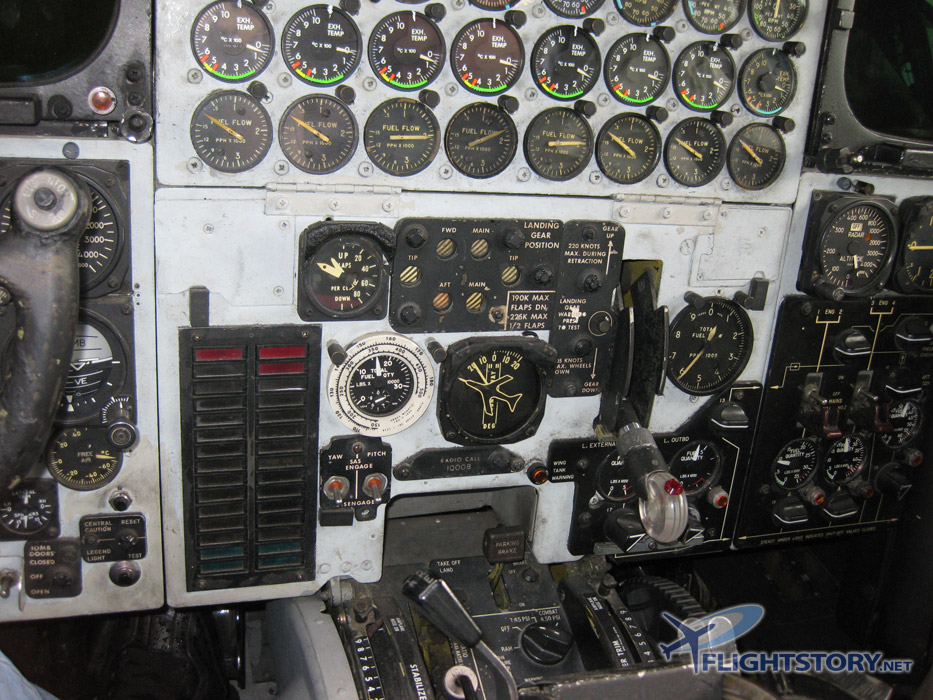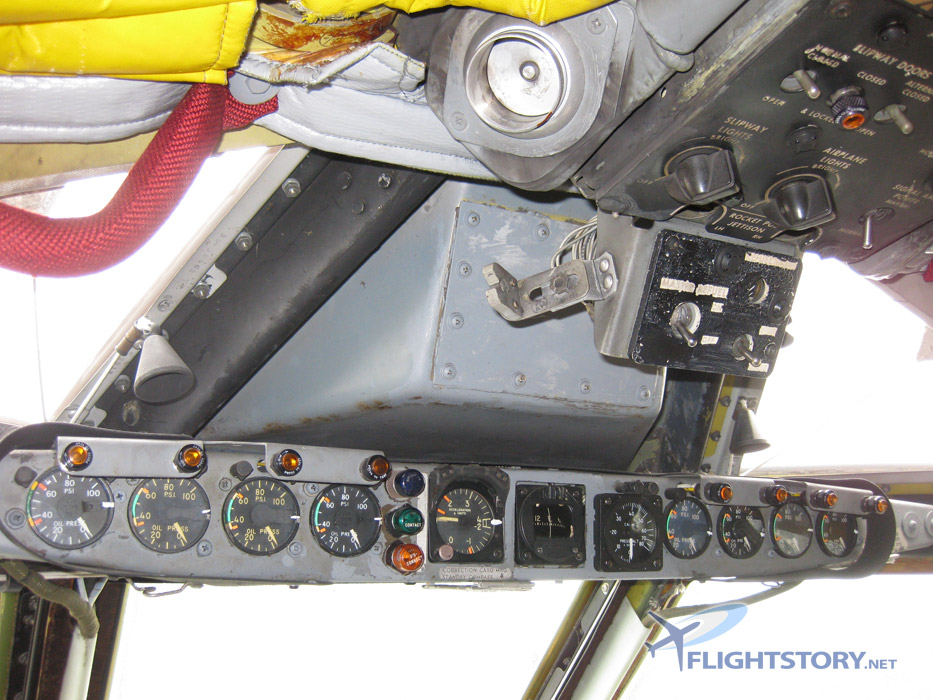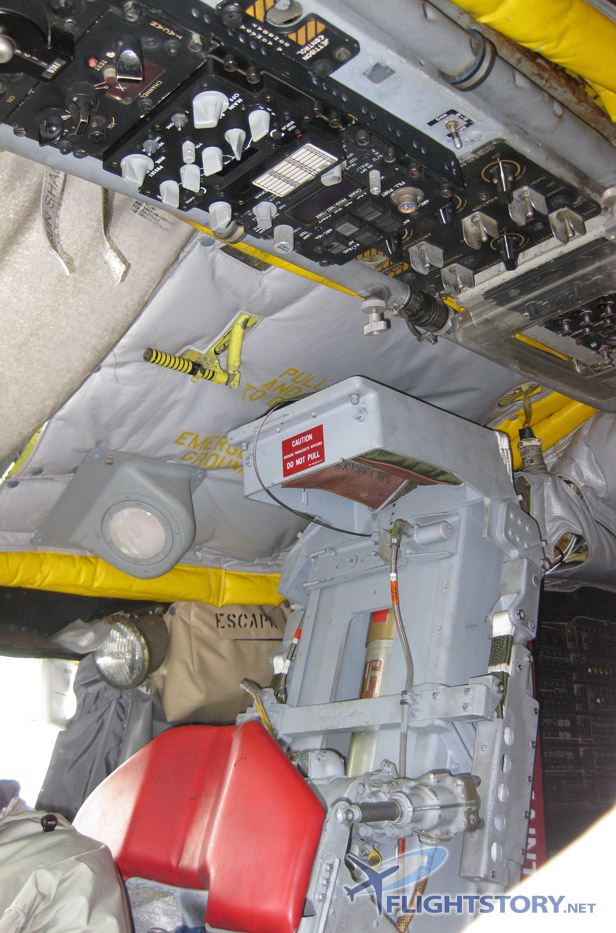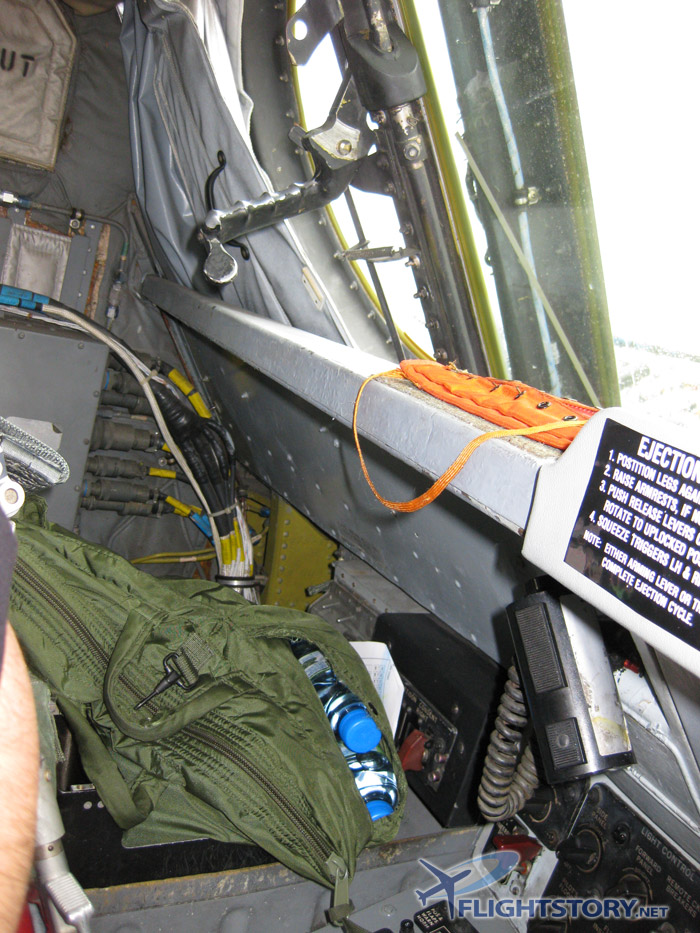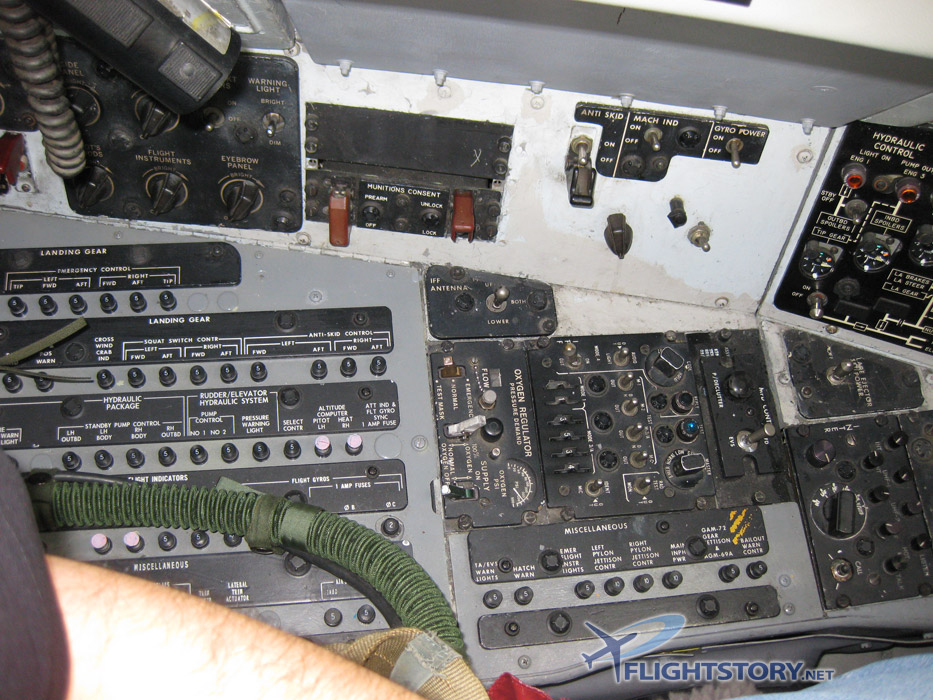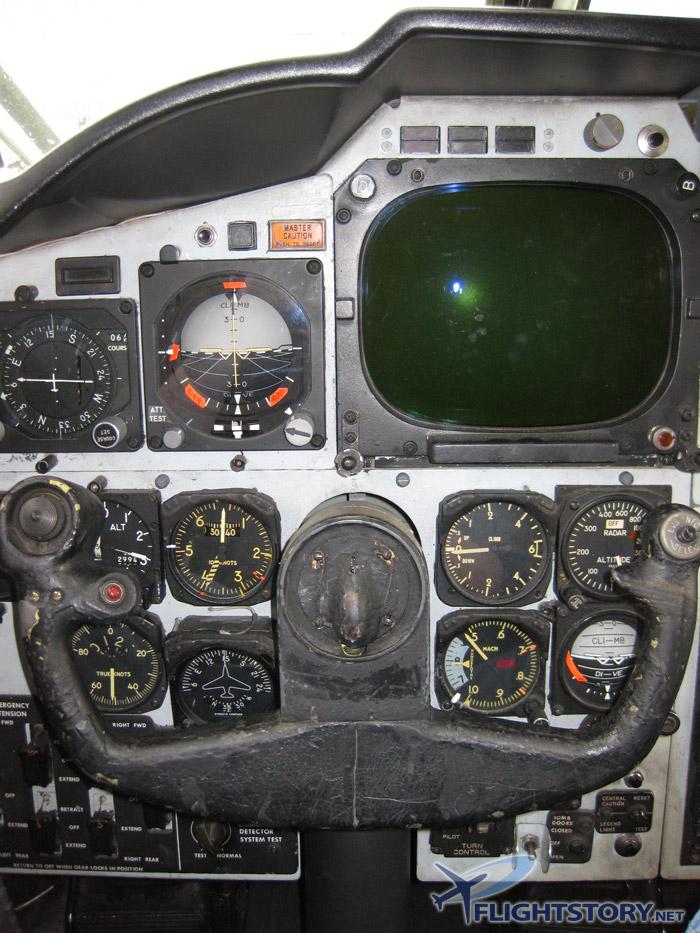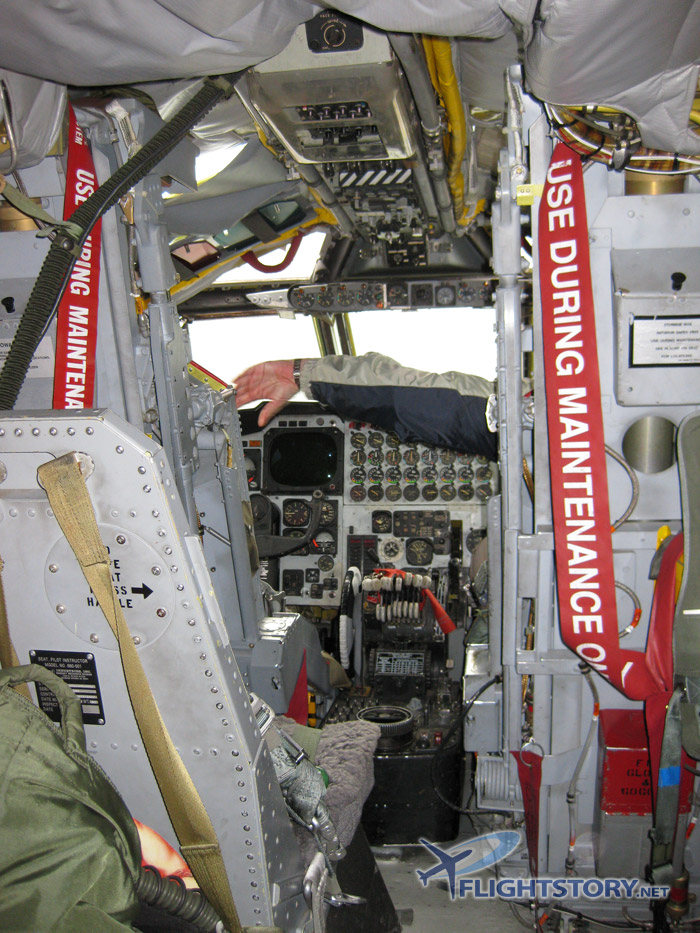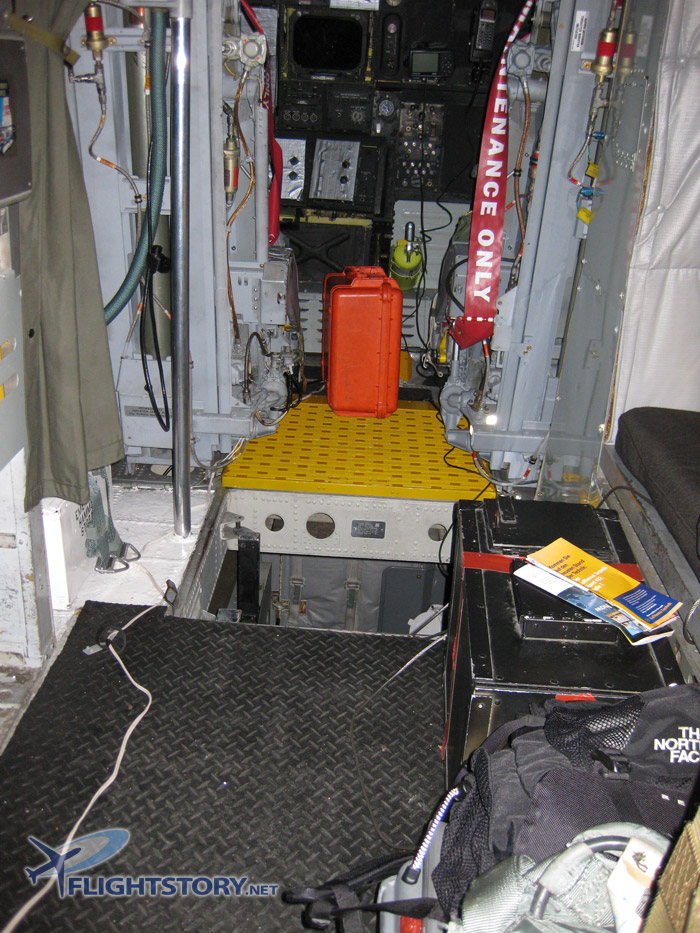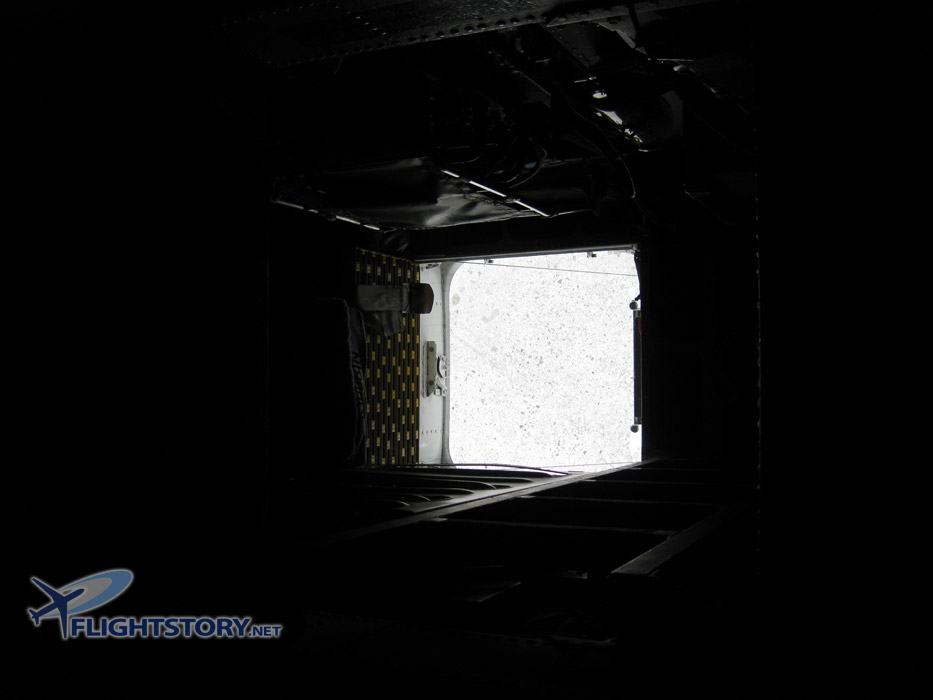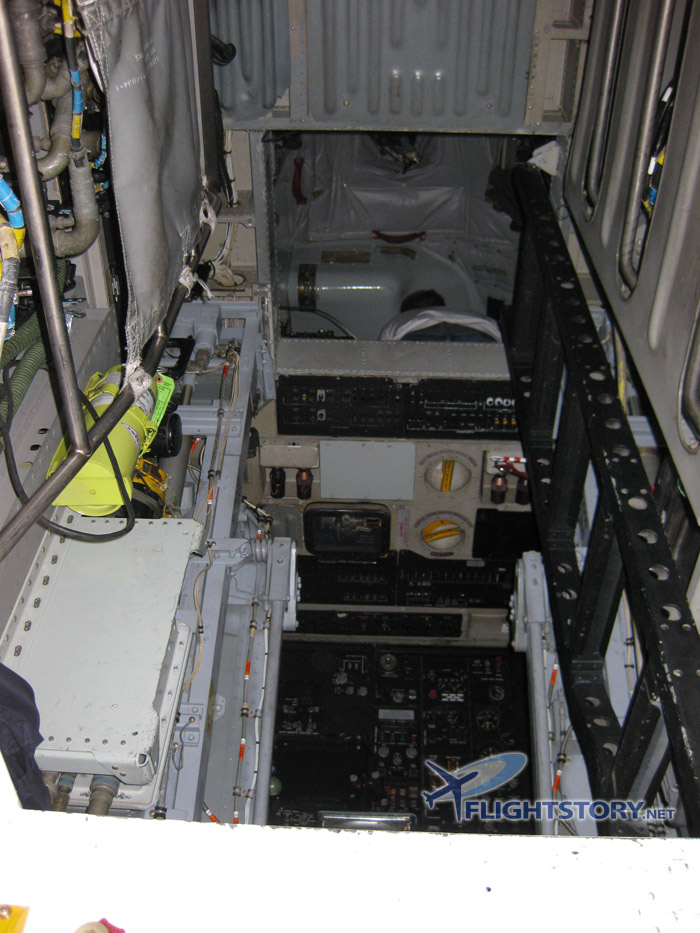The Pentagon recently announced, that Boeing has won the $35 billion USAF tanker contract. The contract means Boeing will initially build 179 of its 767-based KC-46A tankers to replace the Air Force KC-135 tankers.
Boeing must design, develop, manufacture and deliver the first 18 combat-ready airplanes by 2017. The first tanker is scheduled to fly in 2015.
The contest was not just about the better plane but also about monopoly and immense lobbying – Boeing spent more than $17.8 million on lobbying, just in 2010.
In 2008 U.S. Air Force already selected the competing KC-45 Tanker offered by EADS/Northrop Grumman but the selection was revised later after protests filed by Boeing.
EADS has three days to ask for a debriefing as to why exactly it lost. That debriefing must take place within five days, after which EADS has another five days to decide if it wants to formally protest the decision.
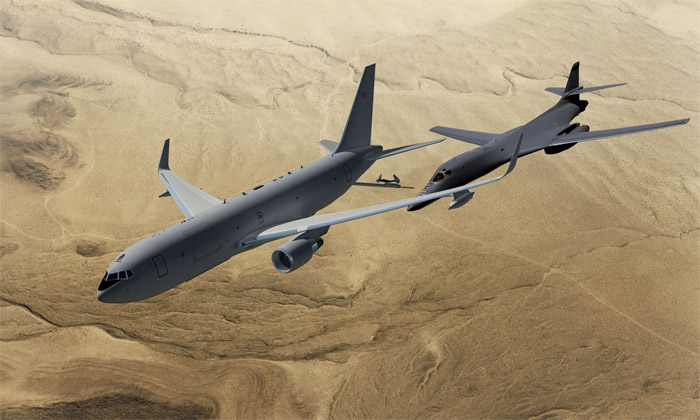
EADS North America officials expressed disappointment and concern over the announcement that the US had selected a “high-risk, concept aircraft over the proven, more capable KC-45 tanker”.
“This is certainly a disappointing turn of events, and we look forward to discussing with the Air Force how it arrived at this conclusion,” said EADS North America Chairman Ralph D. Crosby, Jr. “For seven years our goal has been to provide the greatest capability to our men and women in uniform, and to create American jobs by building the KC-45 here in the U.S. We remain committed to those objectives.”
If selected, EADS North America had committed to build the KC-45 at a new production facility in Mobile, Alabama, with a U.S. supplier base of nearly a thousand American companies.
“With a program of such complexity, our review of today’s decision will take some time,” Crosby said. “There are more than 48,000 Americans who are eager to build the KC-45 here in the U.S., and we owe it to them to conduct a thorough analysis.”
Sources: Boeing, Airbus
Image: Boeing

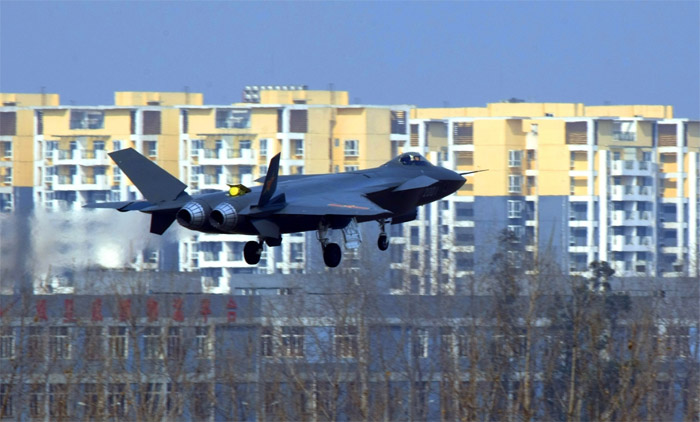

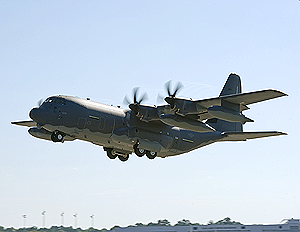 Compared to a classic C-130 a new propulsion system, featuring four powerful Allison AE2100D3 engines, generates more thrust while increasing fuel efficiency. An all-composite six-blade Dowty Aerospace R391 propeller system is lighter in weight and has fewer moving parts. Advanced avionics includes LCD instrument readouts for aircraft flight control, operating systems, and navigation. Besides two head-up displays, it has four multi-functional head-down LCD displays which are night vision goggles compatible. Two mission computers and two backup bus interface units provide dual redundancy. In the baseline (airlifter) version the avionics upgrades result in reduction of crew to 2 pilots and 1 loadmaster – no flight engineer, navigator or radio operator is needed in the cockpit anymore.
Compared to a classic C-130 a new propulsion system, featuring four powerful Allison AE2100D3 engines, generates more thrust while increasing fuel efficiency. An all-composite six-blade Dowty Aerospace R391 propeller system is lighter in weight and has fewer moving parts. Advanced avionics includes LCD instrument readouts for aircraft flight control, operating systems, and navigation. Besides two head-up displays, it has four multi-functional head-down LCD displays which are night vision goggles compatible. Two mission computers and two backup bus interface units provide dual redundancy. In the baseline (airlifter) version the avionics upgrades result in reduction of crew to 2 pilots and 1 loadmaster – no flight engineer, navigator or radio operator is needed in the cockpit anymore.